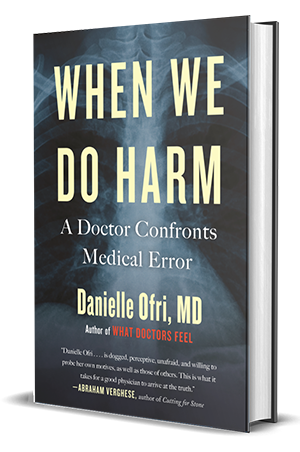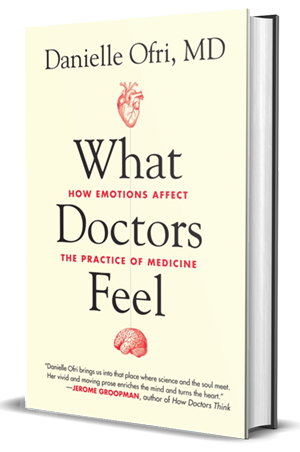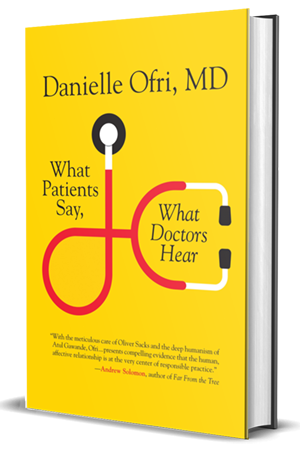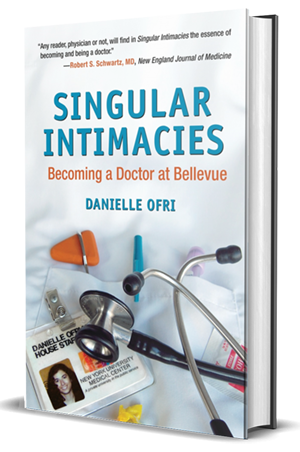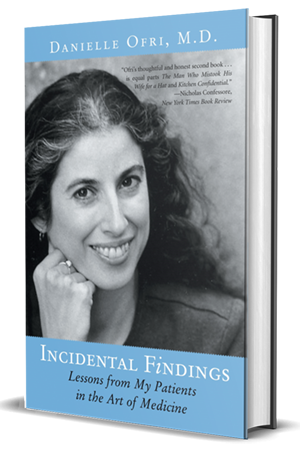Patients vs Paperwork
Like some virulent bacteria doubling on the agar plate, the EMR grows more gargantuan with each passing month, requiring ever more (and ever more arduous) documentation to feed the beast. It’s time to take action. More
One Last Visit to See My Patient
My 91-year-old patient and I had been together for some 20 years—honestly I’d lost count—so visiting her at home, even in the torrential rain, was the least I could do. More
How We Treat Our Fellow Americans
The blossoming truth of “No Apparent Distress” is that a segment of American society has been casually cast aside, left to scavenge on the meager scraps of volunteer health services, and failing that, left to die. Some politicians might call this “choice.” A more medically accurate term would be abandonment. More
Time for the Medical Profession to Stand Up
Advocating for patients is as much a part of medical care as the medical care itself. Should that advocacy, however, extend beyond the doctor’s office, when politics has palpable effects on patients’ health? Most doctors see an intrinsic distinction between calling an insurance company and calling a senator. But in terms of our patients’ health, there is a moral argument that they are equivalent More
The Conversation Placebo
Pain remedies developed by the pharmaceutical industry are only modestly effective, and they have side effects that range from nausea and constipation to addiction and death. What’s often overlooked is that the simple conversation between doctor and patient can be as potent an analgesic as many treatments we prescribe. More
Just a “Regular” Doctor
“What’s your specialty?” This question continually flummoxes me. This is the moment that I experience a brief surge of envy toward my cardiology and dermatology colleagues who have simple one-word answers to this question that any lay person can understand. More
The Doctor-Patient Relationship is Alive and Well
Medicine is unquestionably harder than it was 10 years ago. Many more doctors I know talk about quitting (an option that is not equally available to patients). However, there’s been no mass exodus of doctors. We doctors grumble loudly—often with good cause—but we aren’t quitting in droves, mainly because of patients like Ms. M. More
Why Does the Physical Exam Stop at the Navel?
It’s like our patients are Humpty Dumpty, and the pieces are divvied out between different medical fields. Can we put the patient back together again? More
Should Doctors Care About Happiness?
We in the health care professions need to notice and inquire about happiness the same way we do other aspects of our patients’ lives. More
A Doctor in the Neighborhood
There aren’t any ethical guidelines about where a doctor should live or how she should behave when she and her patient are in line at the grocery store. More
Patients, and Doctors, Aren’t Dying at Home
Doctors, it turns out, aren’t much different than everyone else when it comes to where they die. More
The “Mall-ification” of Health Care
Retail health clinics have exploded over the last 10 years, and now it seems like every other big box store, supermarket and shopping mall has its own clinic. More
Getting the Diagnosis Wrong
Diagnostic accuracy is fiendishly difficult to measure precisely. A new report suggests that nearly everyone will experience at least one diagnostic error in their lifetimes. More
Getting the Diagnosis Right
If I had the luxury of an hour with each patient, I would have the time to carefully sort through every diagnostic possibility. But the reality is that I, like most doctors, have five to 10 minutes to push the majority of diagnoses to the bottom of the list, come up with the most likely few at the top. More
The Pain Med Conundrum
Under-treating pain violates the basic ethical principles of medicine. On the other hand, we are lambasted for over-prescribing pain medications. What are doctors to do? More

